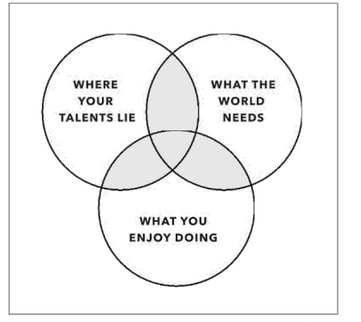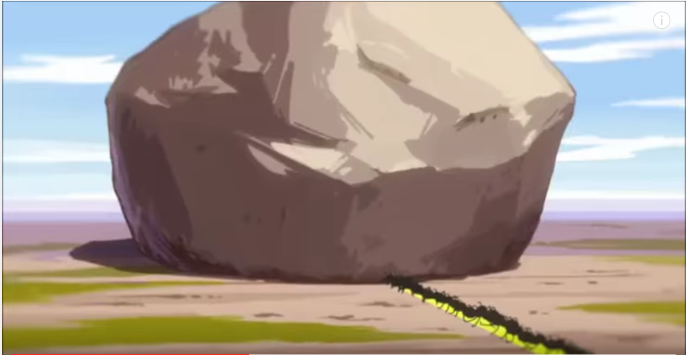When you search for “Self-help books”, the 4-Hour Workweek is usually one of the first results that pops up. With a message like, “Become rich while only spending 4 hours a week working“, it’s unsurprising why so many people find this book so eye catching.
It definitely caught my interest, in with recommendations from productivity bloggers such as Thomas Frank and Steven Kamb, I was convinced enough to pick this up and give it a read.
I found that this book had some very significant insight that got me thinking more critically about lifestyle design– the idea of pursuing the life we want instead of just graduating and getting a job. Although it’s evident that the author, Tim Ferris, doesn’t literally spend just 4-Hours a week working , Ferris still provides some meaningful ideas on how to reduce the workflow in favor of achieving more efficient results.
The unique approach from this book seems pretty unusual, but still very effective. Because of this, I decided to make The 4-Hour Workweek as this month’s pick for my monthly productivity book review series. In this review I’ll be going over what this book is about, just what you’ll get from it, and who this book is best geared towards.
So What’s the Book About?
The 4-Hour Workweek is a self-help book written by entrepreneur and public speaker, Tim Ferris. The book’s content is a collection of ideas developed after Ferris took a sabbatical to Europe and created the goal to dramatically reduce his workload and create more free time.
Ferris talks about methods that have been the most effective for him to achieve his goal and goes into detail about how and why his methods have worked. In addition to discussion “fat-trimming” workload methods, The 4-hour Workweek has tips on becoming an entrepreneur.
Who’s The Author?
Tim Ferris is a rather controversial figure in the productivity community. Ferris has established himself a business man who likes to cut corners to achieve results.
He illustrates this early on in the book through a story about how he became a National Chinese Kick Boxing champion. Ferris utilized loopholes in the tournament’s rules to gain the advantage in competitions. This allowed him to rely on tactics such as repeatedly shoving opponents out of a ring to disqualify them and do weight cutting, a practice where a fighter will dramatically dehydrate themselves prior to a weigh in then re-hydrate themselves before the fight in order to compete several weight classes below their actual weight.

During his employment as a salesman, Ferris founded the supplement company known as BrainQUICKEN. He later sold the company to a private equity firm then used his experiences to write The 4-Hour Workweek.
In addition being the author of The 4-Hour Workweek, Ferris has also wrote several other books such as: The 4-Hour Chef, The 4-hour Body, and Tool of Titans. Ferris has also pursued a number of other projects such as producing a podcast known as The Tim Ferris Show, and creating a 13-episode television series titled The Tim Ferris Experiment.
The Juicy Content
Right at the start of the book Tim Ferris gives the reader a clear idea of who is book is for and what it sets out to do. Ferris assumes that if you picked up this book than there’s a strong likelihood you’re seeking to reinvent yourself and avoid working the rest of your life at a 9-5 desk job. He understands that not everything mentioned in the book can and should be followed to a tee as everyone’s lives are not the same.
Because of this, Tim Ferris tells us what the book is not about. First, the book is not going to focus on the problem and assume that, as a reader, you are either suffering from time dread or are working a non fulfilling job. Second, this book is not about saving money through cutting back on commodities you enjoy now in favor of being rich 50 years from now. As Ferris states:
“I won’t ask you to choose between enjoyment today or money later. I believe you can have both now. the goal is fun and profit”.
Lastly, Ferris states this book is not set out to help you find your dream job. In actuality, the majority of people are never going to be working careers they feel endlessly fulfilled in. So instead, the focus of this book is to establish ways to free up time and automate income.
The rest of the book is divided up into sections which goes through the step-by-step process known as DEAL.
D is for Definition – This section is used to help readers find clarity on what the most important goals in their life are. Ferris accomplish this through a series of exercises such as spending 5-minutes defining your dreams. Once that is completed, Ferris then walks you through another exercise by imaging the worst-case scenario if you dropped everything right now to follow those dreams.
The goal of these exercises are to establish how important your dreams are and give clarity on the risks involved. Once these are made clear, Ferris provides tangible steps on how to work your way to achieving these goals while minimizing the risks involved.
E is for Elimination – The second section is where the heart of The 4-Hour Workweek lies. Ferris states that the most effective way to reach your goals would be to cut out the mundane tasks in your life. He offers up quite a number of solutions that can be used to accomplish this by doing things like: Eliminate multitasking, decrease e-mail consumption, create strict deadlines, and more.
The Elimination section follows suit with the 80/20 rule. Ferris argues that it’s not really how much time you work, rather how that time is spent doing it. To get the most out of this section, Ferris offers a number of tools and exercises that can utilized to apply these concepts into your workflow.
A is for Automation – I personally found the Automation section to be most difficult section to make applicable. This section of the book is focused on creating automated income. This means spending time creating a product that will put money in your pocket when you’re not working.
However, it’s not enough to create a sell-able product, but how to sell it. Ferris offers up a number of different methods that essentially boils down to finding a middle man and exclusive distribution. The middle man will be the individual who burdens the majority of the tedious work so you can sell your product with little effort. Exclusive distribution involves finding a distributor and limiting your product to being sold exclusively through them.
There are a lot of concepts touched upon in this book on how to become fully automated, but it may not feign interests to those not wanting to follow the entrepreneur lifestyle.
L is for Liberation – The fourth and final section ties in the first three sections together to lead to the core subject of the book. The first important step to achieving a reduced workload is to make your job work by your own terms. The most efficient way to do this would be by making your job remote.
Not only does this set where and when you work, but it also establishes a means to produce results with far less time you are required to do at a desk-job. Ferris does make the point that not all of us are fortunate enough to work a job that allows us to work remotely so easily. To help, he provides a number of examples and processes that can be used to transition a desk job to a remote job. This includes doing things like producing higher results in your work doing vacation and sick time, and gradually requesting more time off to work at home.
Who Should Read This?
This book is not really something everyone can pick up and benefit from. As Tim Ferris has said, he assumes those reading this book are ones who do not like the idea of working at an unfulfilling desk job. Because of this, The 4-Hour Workweek appeals more towards very specific individuals
The example that really illustrates who this is for is in his worst-case scenario exercise. If you did lose your job right now and the worst-case scenario is just that you’ll be unemployed for a while and need to rely on your savings for a bit, then this book will be a good fit for you.
However, if this is not the case for you, then a lot of its material will most likely not be beneficial for you.
Final Thoughts?
When I picked up this book I was really skeptical about it. I admit, though, Tim Ferris does have a lot of good ideas to help make work a lot more efficient, effective, and satisfying.
If it’s one complaint I have, it’s that this book is very heavily targeted towards a certain group of people. Depending on how much you do match up with the group of people this book is for will have an impact on how what percentage of the book would actually be useful to you. Although, whatever percentage that may be , it’ll still likely have enough interesting information to make your work more liberating and productive.
While I found some of the sections were not applicable towards me, I did end up taking a lot of very important ideas from the ones that were in order to increase my work flow. One of which is decreasing my e-mail consumption, which I found did take up a lot more time and attention than I realized.
Even though this is not a book I can recommend for everyone, it is a book I would recommend to anyone interested in Tim Ferris’ unique approach to work. I would suggest to anyone who does plan on reading this book to remember to pick and choose from the material. Not all the material will appeal to everyone, and a some of the material presented should ideally be taken with a grain of salt.
To learn more about Tim and his book you can check out his website, fourhourworkweek.com or get your own copy of The 4-Hour Workweek.





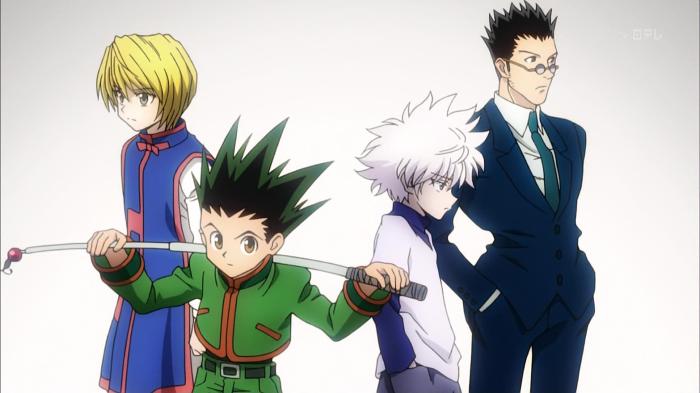


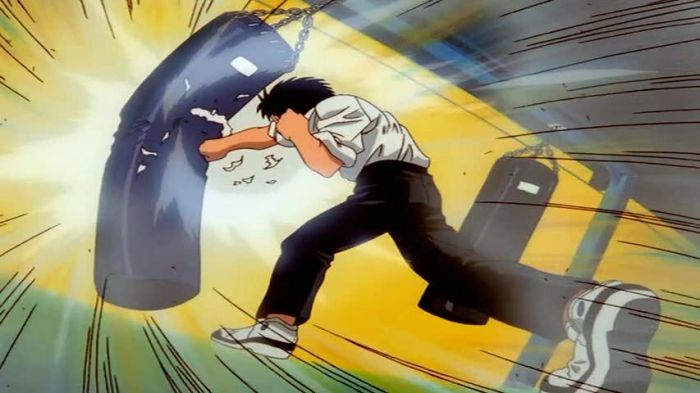
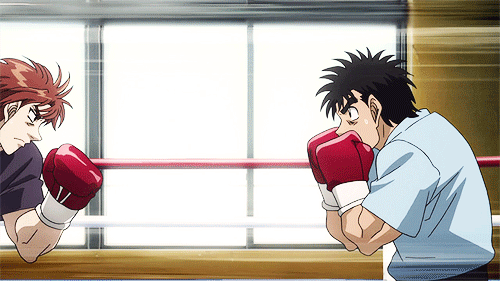
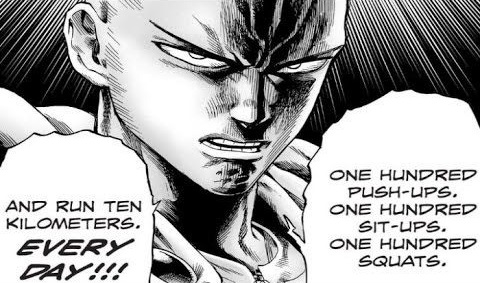
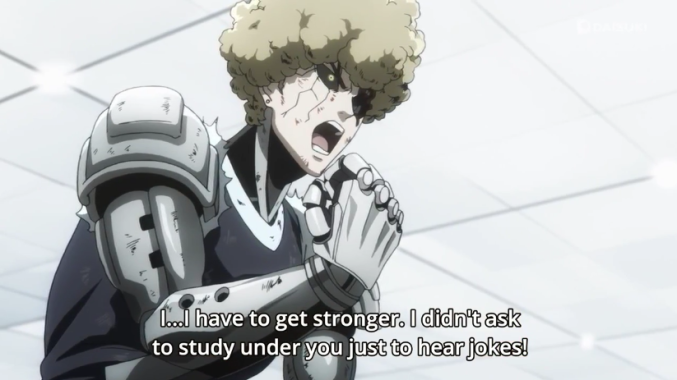


 What follows is several years of Mashiro and Takagi working through various successes and failures in attempt to get their manga popular enough to be picked up by an animation company. What ends up separating this anime from the rest of the list is the down-to-earth nature of the show. This anime is adapted from the popular manga with the same name, written by Tsugumi Ohba and illustrated by Takeshi Obata. If you are deep in your manga creator knowledge those names might be familiar to you for iconic show, Death Note.
What follows is several years of Mashiro and Takagi working through various successes and failures in attempt to get their manga popular enough to be picked up by an animation company. What ends up separating this anime from the rest of the list is the down-to-earth nature of the show. This anime is adapted from the popular manga with the same name, written by Tsugumi Ohba and illustrated by Takeshi Obata. If you are deep in your manga creator knowledge those names might be familiar to you for iconic show, Death Note.



